 For the month of January, virtually all of my birding has been conducted within my 5 Mile Radius. This included dedicated birding trips and keeping track of birds while at the dog park and on family hikes. (This Red-breasted Sapsucker was at Greenway Park.) Some birds came quite easily, like the Barred Owls that sang in my yard and at the dog park, while others were hard to find, like Rock Pigeon which I didn’t see until January 30.
For the month of January, virtually all of my birding has been conducted within my 5 Mile Radius. This included dedicated birding trips and keeping track of birds while at the dog park and on family hikes. (This Red-breasted Sapsucker was at Greenway Park.) Some birds came quite easily, like the Barred Owls that sang in my yard and at the dog park, while others were hard to find, like Rock Pigeon which I didn’t see until January 30.
The purpose of the 5 Mile Radius challenge, in addition to reducing your gas consumption, is to explore under-birded sites close to home. I visited several sites I had never birded before, and explored some familiar sites in greater detail.
The hope is that you will find previously unknown great birding spots, but this was not my experience. Of the new places I visited so far, all of which are eBird “Hotspots,” none of them are sites I am particularly motivated to visit again.
My circle has a few great birding sites that include wetlands, mixed forest, and hilltop migrant traps. If I concentrate my birding on five sites, I will have the opportunity to see the vast majority of species likely to occur within my circle. Yes, great birds can show up anywhere. If you are lucky enough to be able to go birding every day, then it makes a lot of sense to visit as many different sites as possible. But if your birding time is limited because you have a life (oops, did I say that out loud?), I think it makes more sense to spend your time in the best habitats. I also enjoy my birding more when the habitat is more pleasant. I have peeked into people’s back yards to see rare birds (Brambling, Black-throated Blue Warbler, Ovenbird, Costa’s Hummingbird), but I would much rather hike around a nice park.
Here are a few photos from the past month.
 Brown Creeper, Greenway Park
Brown Creeper, Greenway Park
 Nutria at Koll Wetlands
Nutria at Koll Wetlands
 Wilson’s Snipes at Commonwealth Lake
Wilson’s Snipes at Commonwealth Lake
 I dipped on the American Dipper that has been hanging out in my circle this winter, but I did see lots of dipper poop, so that should count, right?
I dipped on the American Dipper that has been hanging out in my circle this winter, but I did see lots of dipper poop, so that should count, right?
Onward to February.


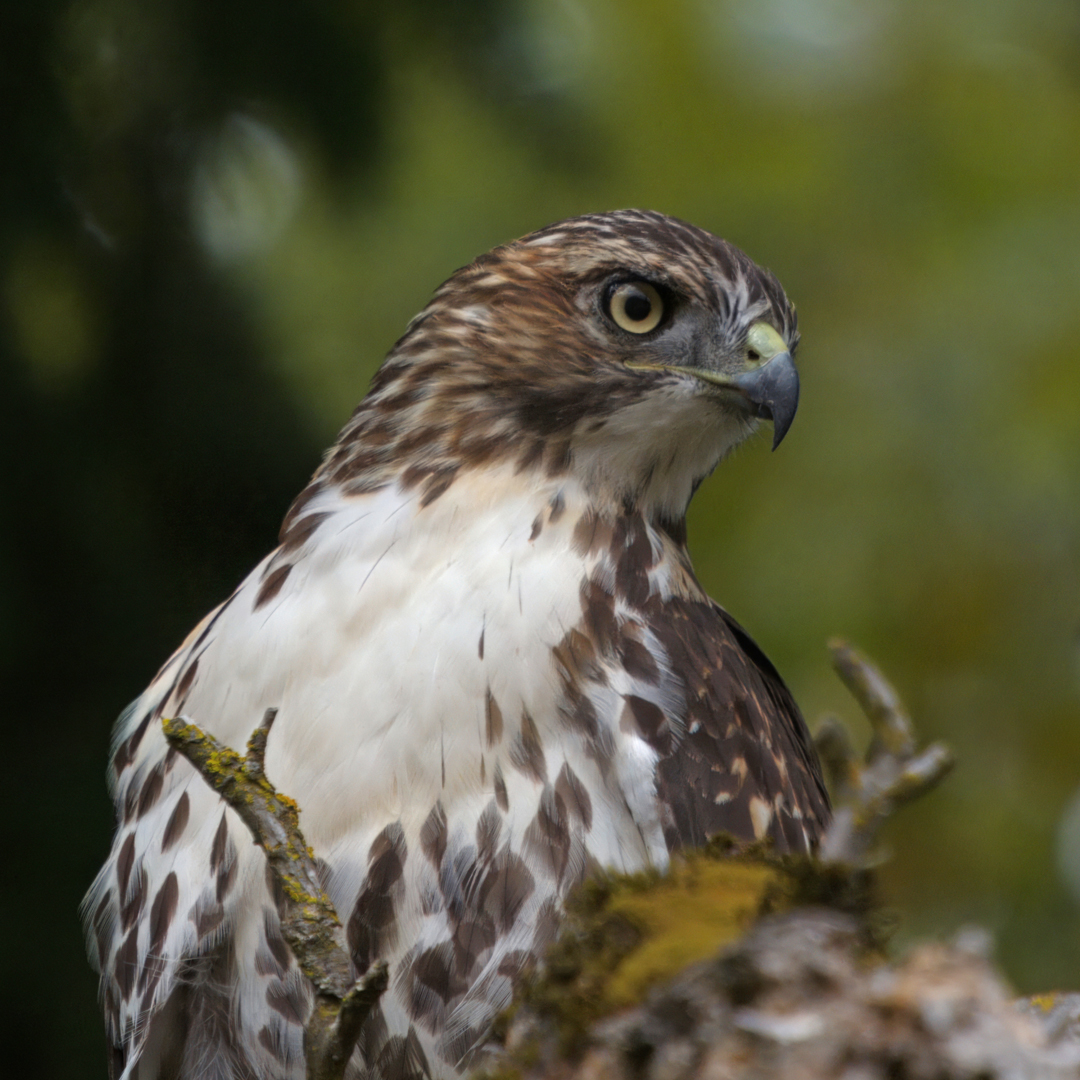
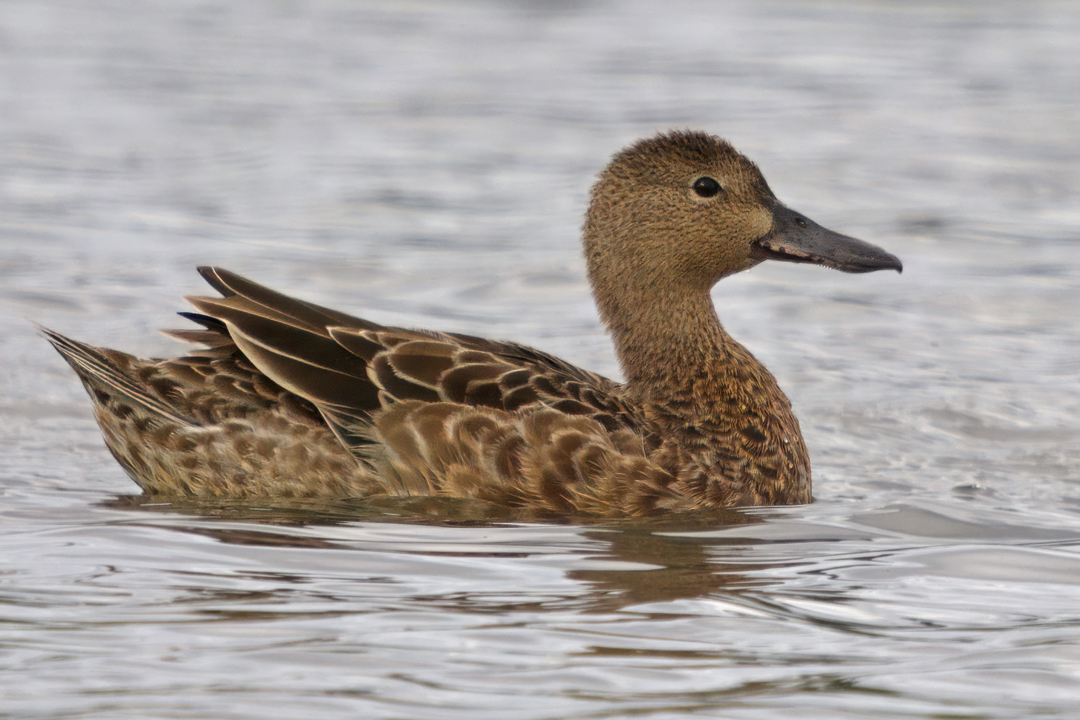
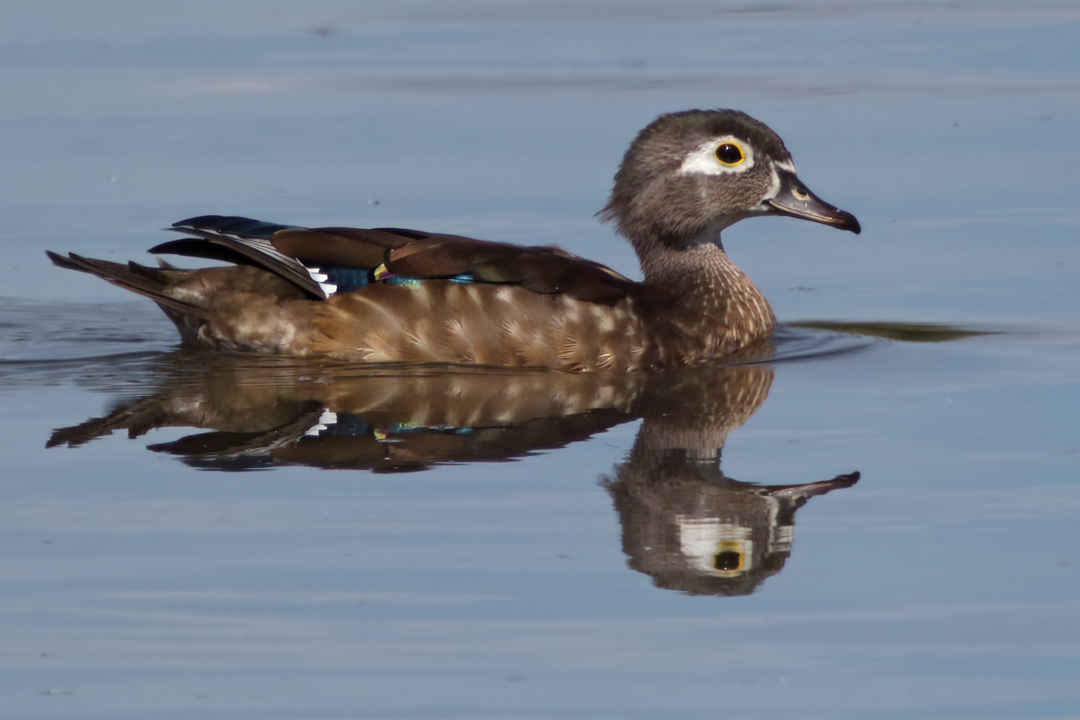
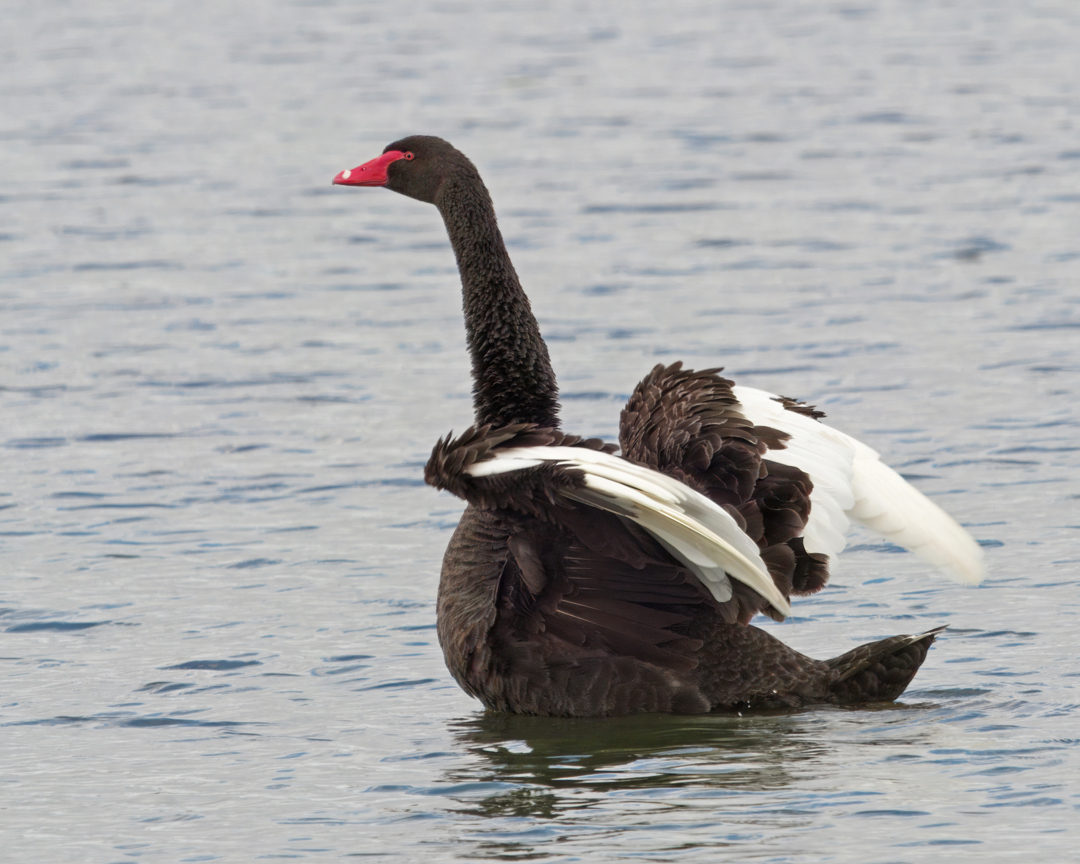
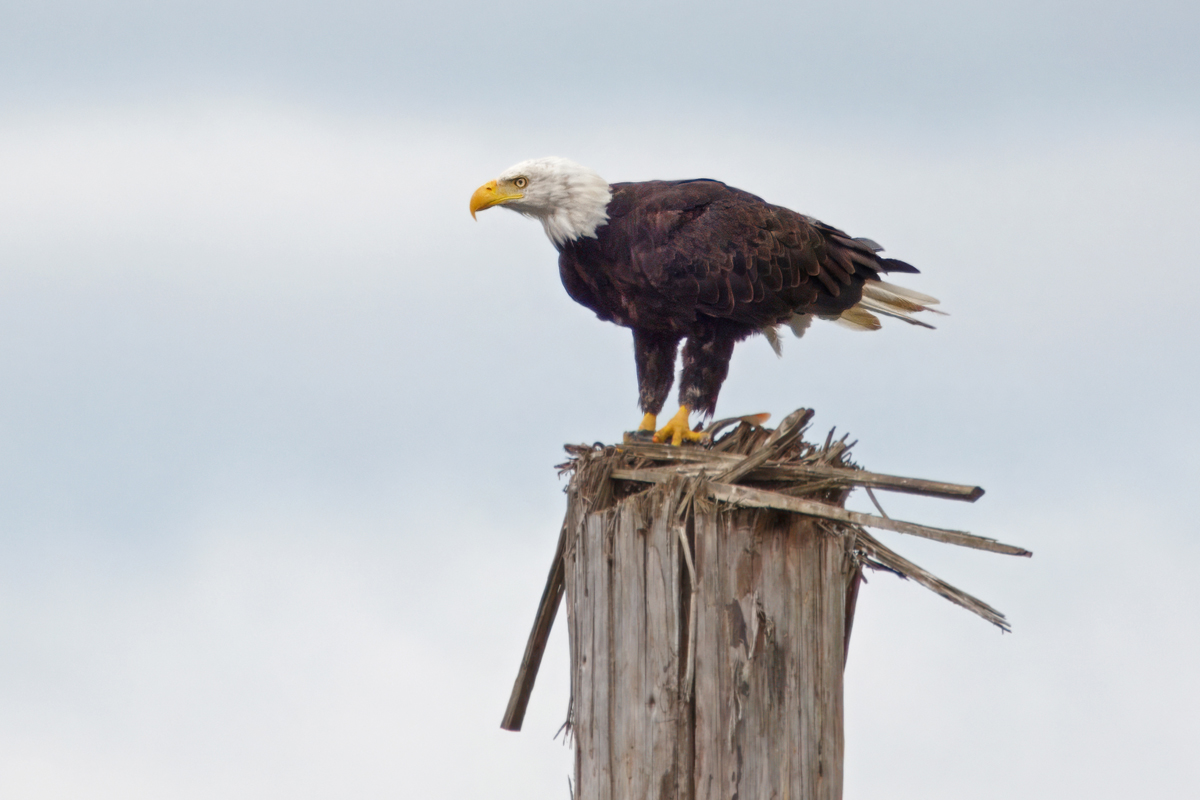
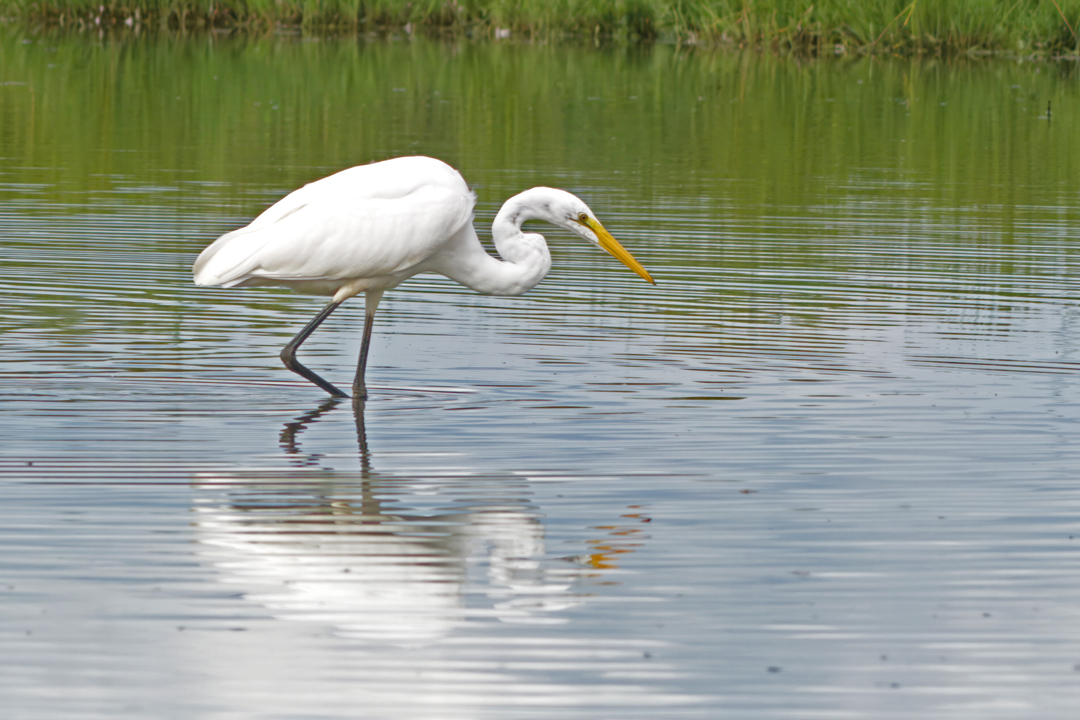
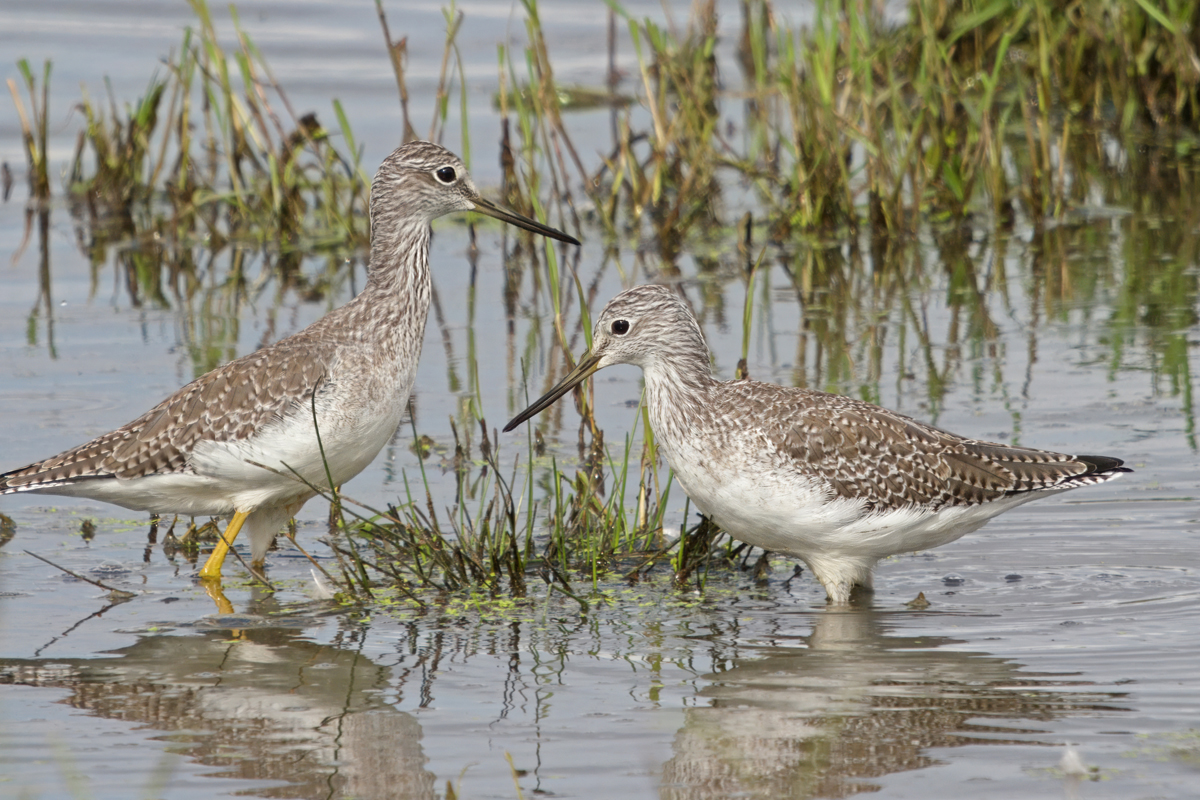
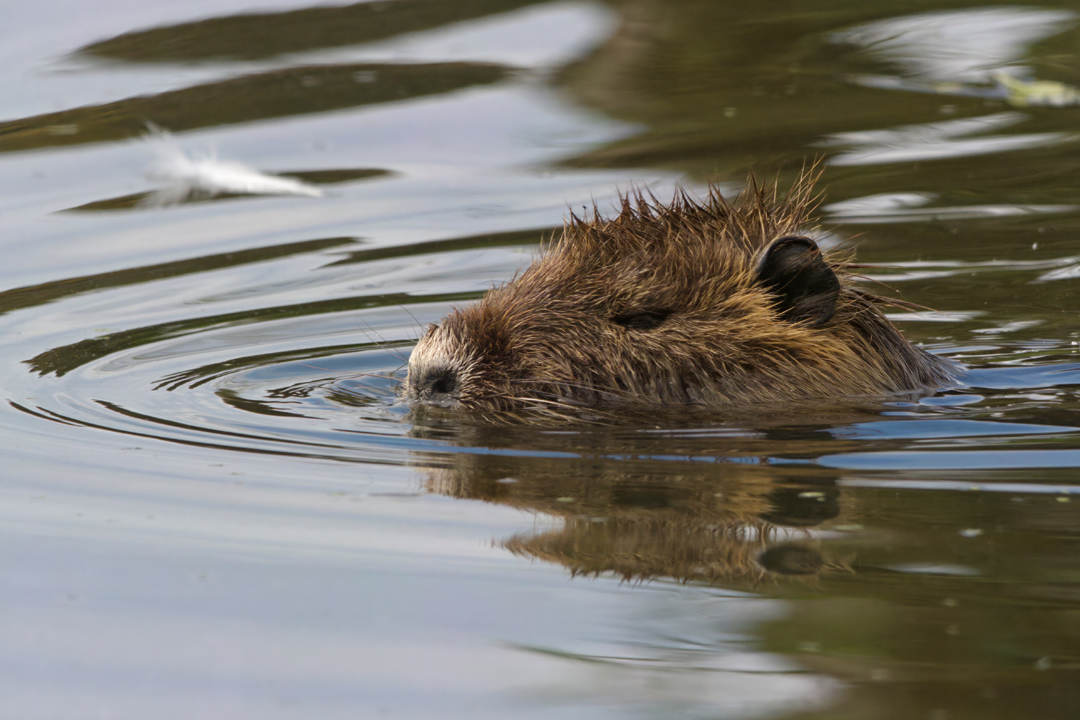





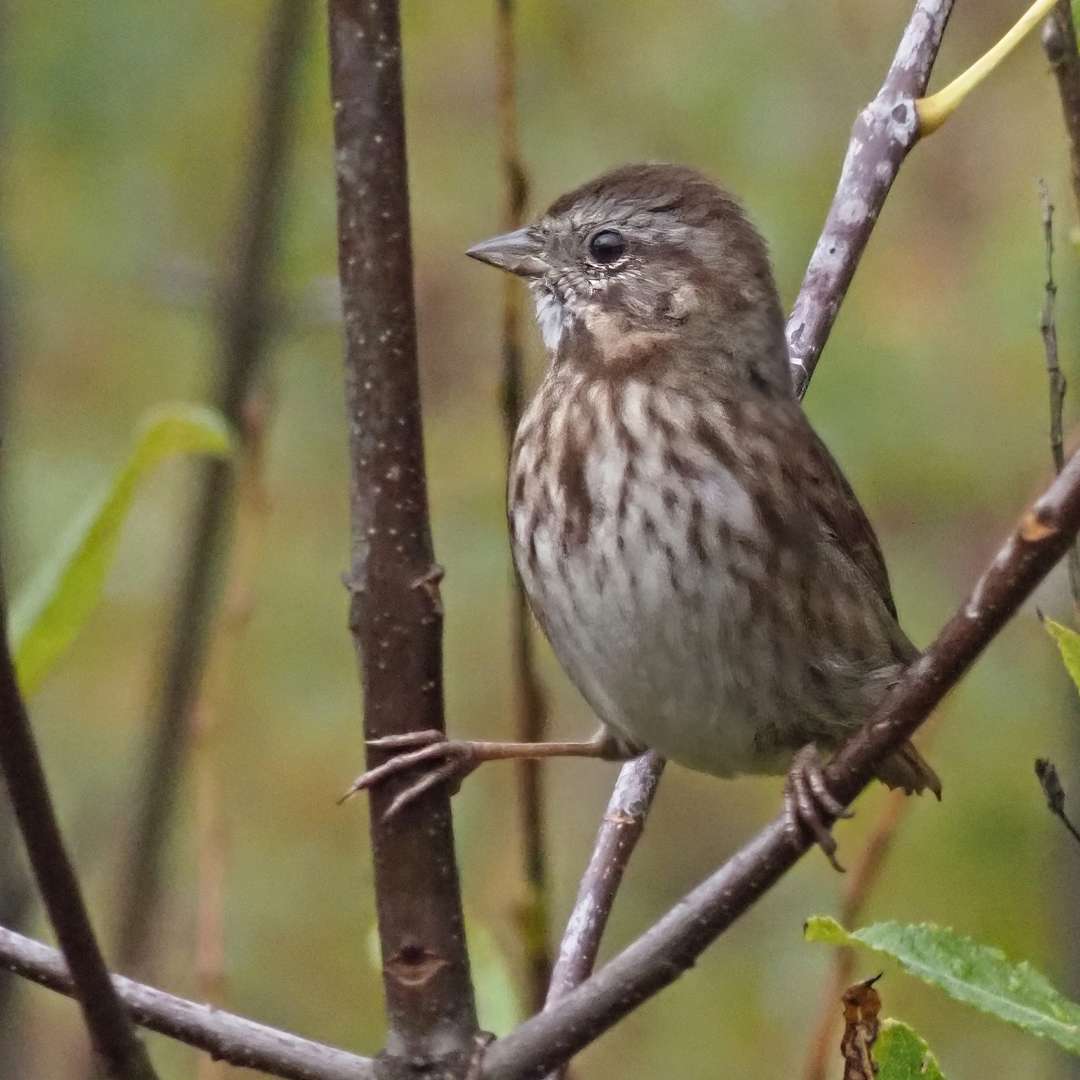







 I very rarely get to see Beaver, but Nutria (pictured above) are everywhere, giving me my daily allowance of large aquatic rodents.
I very rarely get to see Beaver, but Nutria (pictured above) are everywhere, giving me my daily allowance of large aquatic rodents. It is always a treat to see Black-tailed Deer.
It is always a treat to see Black-tailed Deer.

 Partially because birding has been slow, and partially because I am preparing for a herping class in May, I have been looking for amphibians and reptiles a lot this spring. This is an Oregon Ensatina, a very small specimen that was about two inches long. Ensatinas are recognized by their proportionally large head and eyes. The Oregon subspecies typically has the yellow coloring at the base of the legs.
Partially because birding has been slow, and partially because I am preparing for a herping class in May, I have been looking for amphibians and reptiles a lot this spring. This is an Oregon Ensatina, a very small specimen that was about two inches long. Ensatinas are recognized by their proportionally large head and eyes. The Oregon subspecies typically has the yellow coloring at the base of the legs. This is the smallest Rough-skinned Newt I have seen, about two inches long.
This is the smallest Rough-skinned Newt I have seen, about two inches long. These Long-toed Salamanders were creating some neat shapes.
These Long-toed Salamanders were creating some neat shapes. Northwestern Garter Snake
Northwestern Garter Snake Two courting Northwestern Garter Snakes. Notice the variation in color pattern, typical of this species.
Two courting Northwestern Garter Snakes. Notice the variation in color pattern, typical of this species. Western Mosquito Fish
Western Mosquito Fish































 I made a quick trip to Amberglen Office Park in Hillsboro to check the lawn for gulls. Along with a small flock of Ring-billed Gulls were four Mew Gulls. Mews are one of my favorite gulls. They are easy to pick out of a mixed flock, they seldom if ever hybridize, and they possess a cuteness not found in most Larids.
I made a quick trip to Amberglen Office Park in Hillsboro to check the lawn for gulls. Along with a small flock of Ring-billed Gulls were four Mew Gulls. Mews are one of my favorite gulls. They are easy to pick out of a mixed flock, they seldom if ever hybridize, and they possess a cuteness not found in most Larids. As gulls go, Mews are pretty petite with their short slender bills and round pigeon-like heads. Eye color variable, but tends toward the dark side. Like Ring-bills, Mews show very long wing projection beyond the tail.
As gulls go, Mews are pretty petite with their short slender bills and round pigeon-like heads. Eye color variable, but tends toward the dark side. Like Ring-bills, Mews show very long wing projection beyond the tail. This individual is heavily marked on the head and breast compared to the bird above.
This individual is heavily marked on the head and breast compared to the bird above. Amberglen is a good spot for waterfowl and attracts a few songbirds. Several sparrow species, including this Song Sparrow, were foraging around the main pond.
Amberglen is a good spot for waterfowl and attracts a few songbirds. Several sparrow species, including this Song Sparrow, were foraging around the main pond. Here is my obligatory photo of a Nutria. Cuteness transcends their invasive species status.
Here is my obligatory photo of a Nutria. Cuteness transcends their invasive species status.













